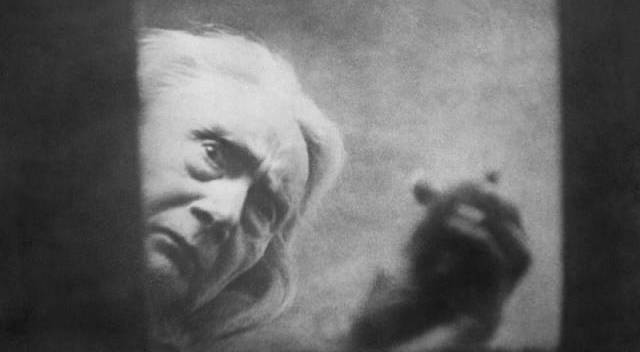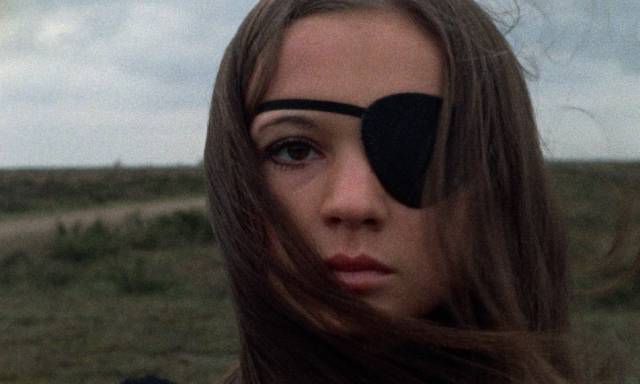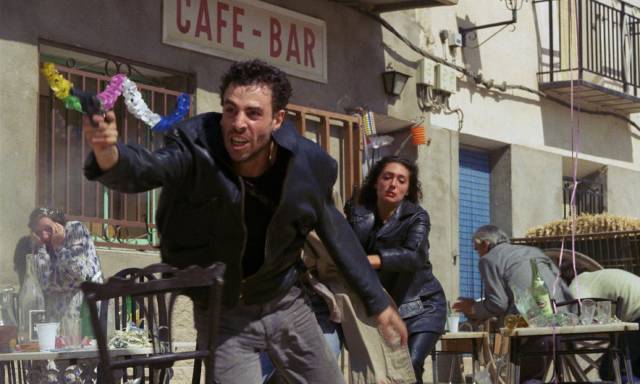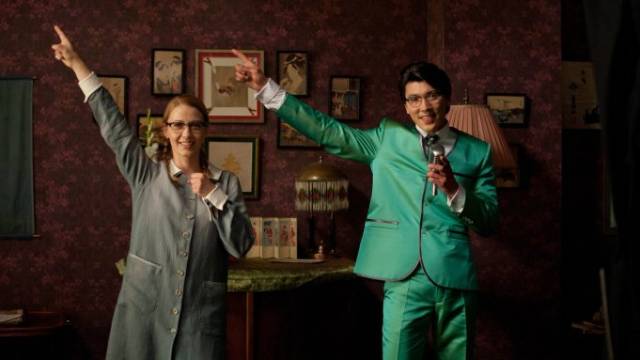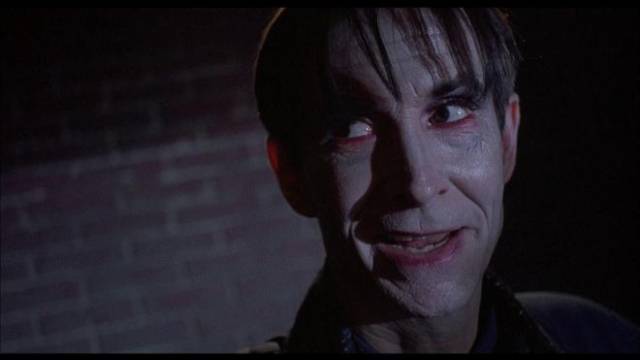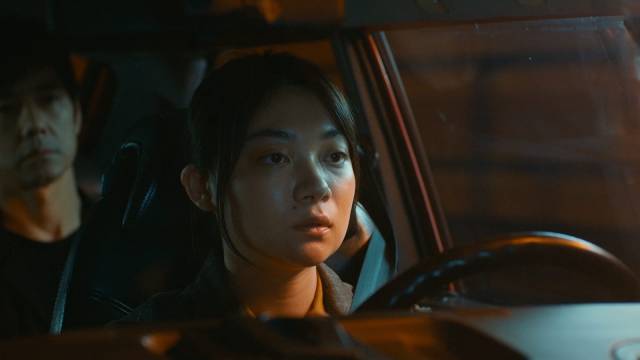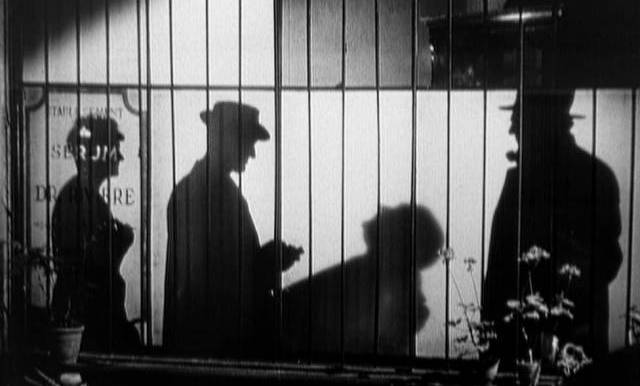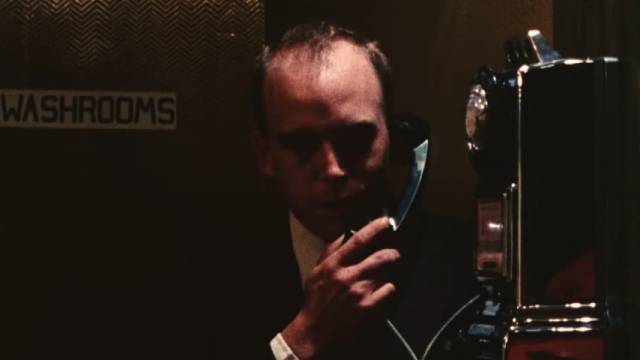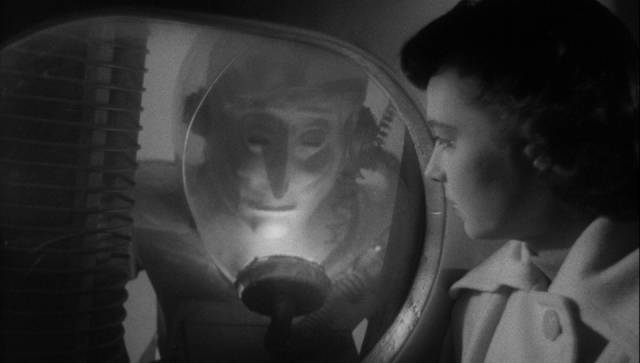
Howard Curle, one of my oldest and dearest friends, passed away on August 12 after a four year fight with cancer. It will take a long time, of ever, before I can come to terms with this loss – but he has left me with decades of wonderful memories and an incalculable impact on my own work as a filmmaker and writer.
